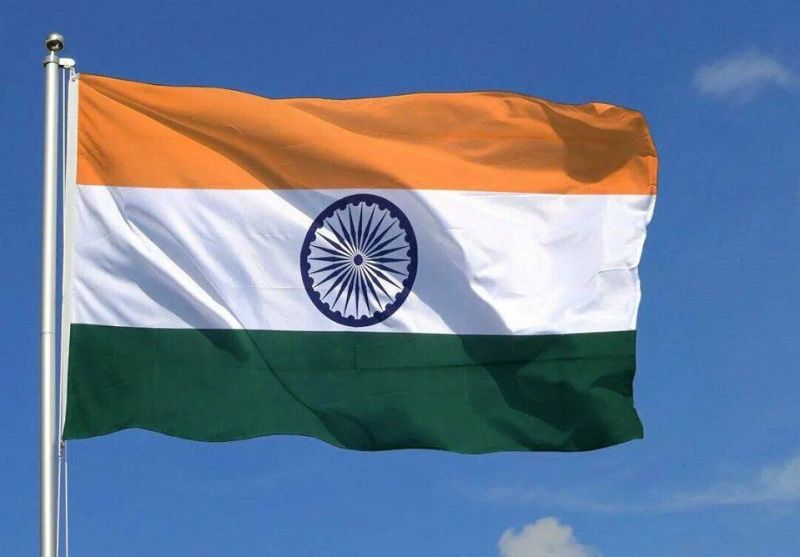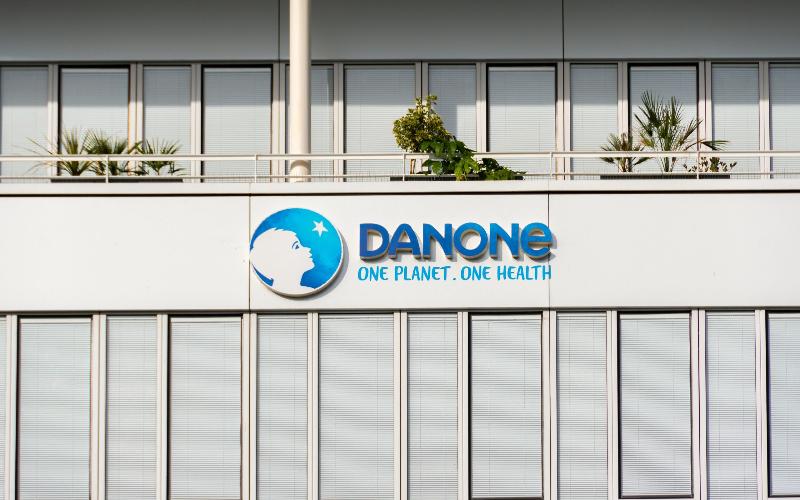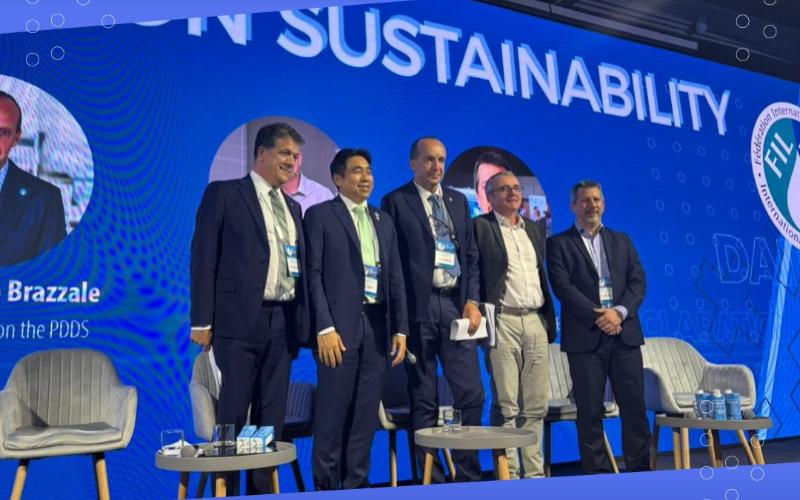India: Government Focuses on Infrastructure and Productivity In Dairy Farming
Source: dairynews.today
The Department of Animal Husbandry and Dairying (DAHD) has clarified it has no plans to introduce price support schemes or subsidies for dairy farmers.

The Department of Animal Husbandry and Dairying (DAHD) has recently announced its decision to refrain from introducing price support schemes or subsidies for dairy farmers.
According to a press release issued on March 12, 2025, milk procurement and sale prices in India are set by cooperative and private dairies based on production costs and market forces.
The department emphasized that it does not regulate milk prices, allowing market dynamics to define pricing. Interestingly, it is noted that approximately 70-80% of the consumer rupee is returned to milk producer farmers in the cooperative dairy sector.
The dairy sector is significant in India’s agricultural economy, contributing over 5%. In the fiscal year 2022-23, the value of milk output exceeded Rs. 11.16 lakh crore, surpassing the total value of food grain production.
Milk production in India has experienced a remarkable growth of 63.5 percent over the last ten years, as the nation’s total output has overstepped 239 million tonnes. Fisheries, Animal Husbandry and Dairying Minister Rajeev Ranjan Singh shared these impressive figures in the Rajya Sabha, highlighting India’s dominant position as the world's leading milk producer.
The country achieved a notable jump from 146 million tonnes in 2014 to 230.58 million tonnes in 2022-23, underscoring the critical role of dairy farming in the national economy. This sector contributes approximately 4% to India’s Gross Domestic Product (GDP), impacting nearly 25% of the total agricultural GDP. Moreover, India holds the top spot in global milk production and ranks first in per capita milk consumption, with availability at 471 grams per day.
Underlining their focus on infrastructure and productivity, several programs such as the National Programme for Dairy Development (NPDD), Animal Husbandry Infrastructure Development Fund (AHIDF), and White Revolution 2.0 are being promoted to enhance income for dairy farmers by improving productivity and market access.
According to a press release issued on March 12, 2025, milk procurement and sale prices in India are set by cooperative and private dairies based on production costs and market forces.
The department emphasized that it does not regulate milk prices, allowing market dynamics to define pricing. Interestingly, it is noted that approximately 70-80% of the consumer rupee is returned to milk producer farmers in the cooperative dairy sector.
The dairy sector is significant in India’s agricultural economy, contributing over 5%. In the fiscal year 2022-23, the value of milk output exceeded Rs. 11.16 lakh crore, surpassing the total value of food grain production.
Milk production in India has experienced a remarkable growth of 63.5 percent over the last ten years, as the nation’s total output has overstepped 239 million tonnes. Fisheries, Animal Husbandry and Dairying Minister Rajeev Ranjan Singh shared these impressive figures in the Rajya Sabha, highlighting India’s dominant position as the world's leading milk producer.
The country achieved a notable jump from 146 million tonnes in 2014 to 230.58 million tonnes in 2022-23, underscoring the critical role of dairy farming in the national economy. This sector contributes approximately 4% to India’s Gross Domestic Product (GDP), impacting nearly 25% of the total agricultural GDP. Moreover, India holds the top spot in global milk production and ranks first in per capita milk consumption, with availability at 471 grams per day.
Underlining their focus on infrastructure and productivity, several programs such as the National Programme for Dairy Development (NPDD), Animal Husbandry Infrastructure Development Fund (AHIDF), and White Revolution 2.0 are being promoted to enhance income for dairy farmers by improving productivity and market access.
Key News of the Week














